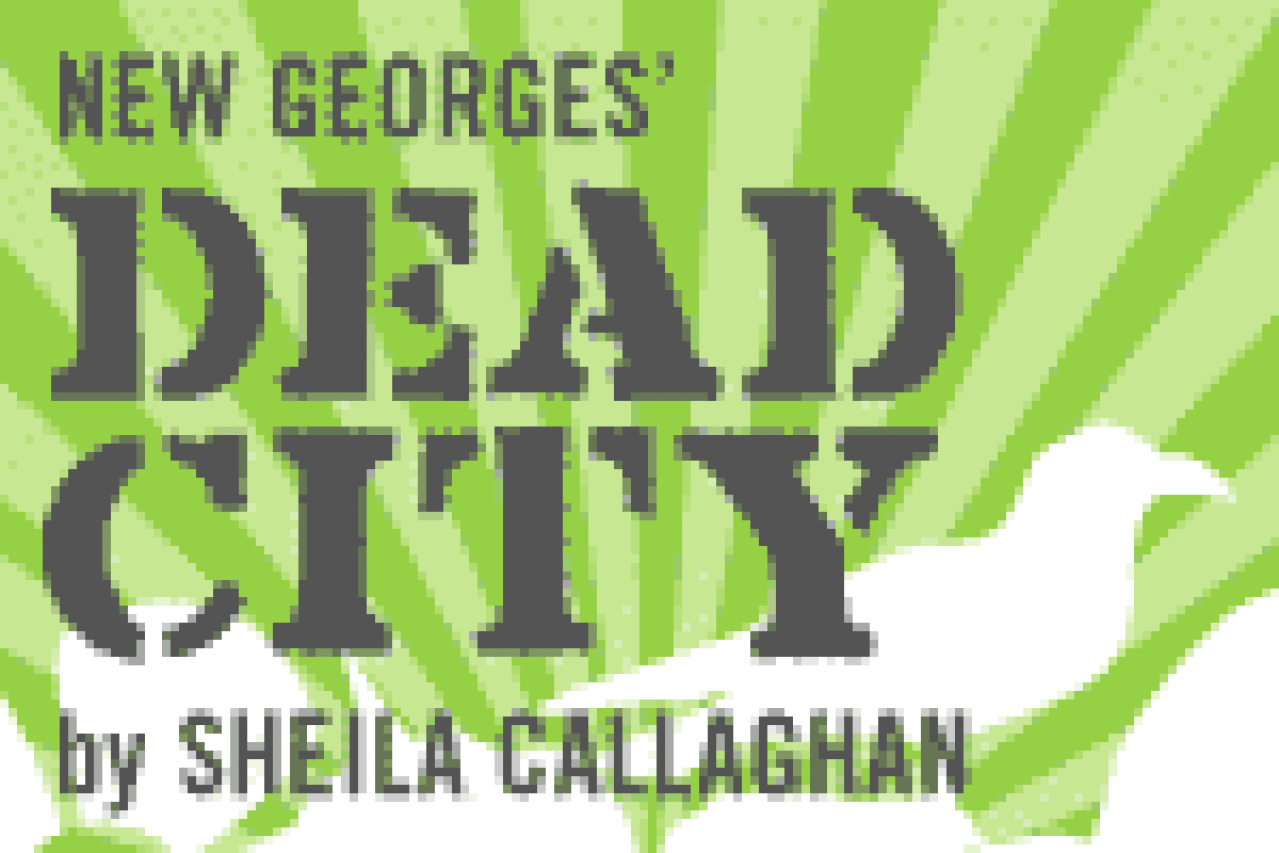Dead City

Photos © Jim Baldassare
Even if you’ve never read James Joyce’s Ulysses — and how many people have — you can still enjoy Sheila Callaghan’s Dead City. While that classic novel provides the inspiration for this wonderful work, the play stands on its own as a detailed and moving portrait of contemporary life in New York City.
Still, anyone with even a passing familiarity with Ulysses will see the obvious parallels. The novel follows a day in the life of Leopold Bloom, a cuckolded advertising canvasser living in Dublin, who meets a young writer named Stephen Dedalus. Dead City is the story of Samantha Blossom (Elizabeth Norment), a Manhattan businesswoman who wakes up one morning to find that her husband Gabriel (Peter Rini) has cheated on her. Like Leopold, she also crosses paths with a rebellious writer, a poet named Jewel (April Matthis).
Joyce was famous for describing the streets of Dublin in painstaking detail, and Callaghan conjures up today’s New York with countless signifiers, including the names of specific neighborhoods, restaurants, subway routes, and landmarks in several boroughs. The first time we see Samantha, she’s listening to NPR, preparing coffee made from organic beans, and smearing “I Can’t Believe It’s Not Butter” on her husband’s toast. Jewel enters in a manic state reciting a spontaneous ode to her McDonald’s bacon-egg-and-cheese sandwich.
Fortunately, the actors observe behavior as sharply as Callaghan does. As Samantha, Norment never reveals her loneliness to others, which makes it even more poignant. Whereas Samantha buries her emotions, Jewel avoids them by lashing out at people who are close to her, having anonymous sex, and ingesting more drugs than food. With pixie-like energy, Matthis shows how Jewel is trying to escape the stigma of being a “former child prodigy” and the memory of her betraying her mother on her deathbed.
Rini plays Gabriel, a handsome and charming jazz singer, with an air of mystery that keeps the audience guessing at his secret life. (He also plays a few other minor roles.)
Shannon Burkett is hilarious, playing a series of successful, leggy blondes intended to fill the women of the audience with loathing and envy. Rebecca Hart gives a strong performance as Jewel’s snarky, brash, and butch lover Beatrice. Dan Illian is convincing as such conflicting characters as a golden-voiced radio announcer, a drunken carpenter, and a cab driver who gives new meaning to the phrase “illegal alien.” Alfredo Narciso is amusing as the average Joe that Samantha met on the Internet, where he posed as a postmodernist philosopher.
This show also marks the debut of a new downtown venue — the 3LD Art & Technology Center — and director Daniella Topol makes excellent use of the space, employing every inch of the playing area and taking advantage of the equipment. Cameron Anderson’s set is a picture of urban decay, with moveable flats resembling large granite slabs. William Cusick designed the striking projections, ranging from actual locations to surrealistic images. Callaghan’s play focuses on a city where many people behave like zombies, but the production itself is thrillingly alive.











